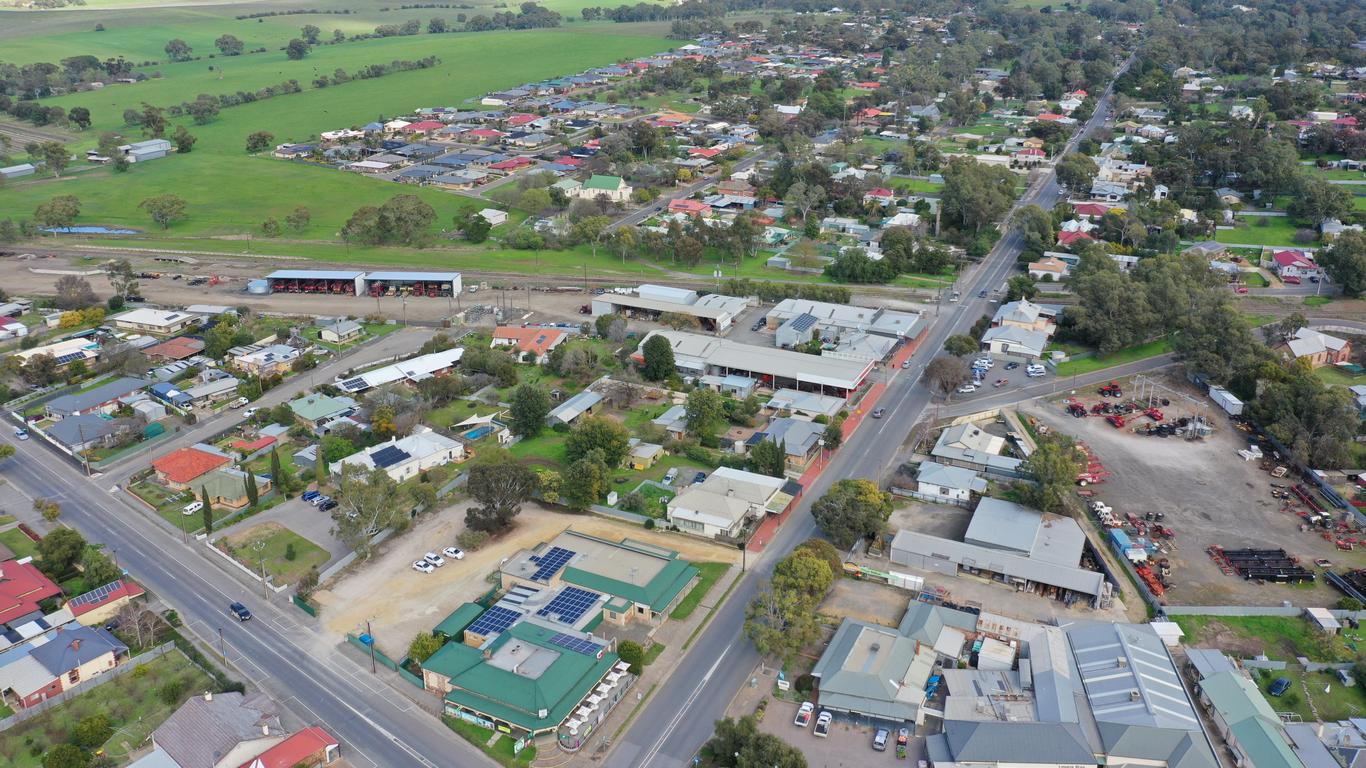Encompassing the towns of Tanunda, Nuriootpa and Angaston, the Barossa Valley is situated around one hour to the north-east of Adelaide. It is one of Australia’s most renowned wine-growing regions, scattered with cellar doors, outstanding restaurants and boutique accommodation.
German settlers first arrived in Tanunda in the 1840s, naming it Barossa Neu-Schlesien, or "New Silesia", in honour of their Prussian roots, while Angaston was settled largely by Cornish miners and retains a more English influence. Nuriootpa combines a little of the two and has emerged as the region’s main commercial hub, with the Barossa Valley Way passing through en route to Rowland Flat and Tanunda and connecting with Angaston to the east. While Riesling, Semillon, Cabernet Sauvignon and Grenache are widely grown, Shiraz is considered the Barossa Valley’s specialty, with the first Shiraz vines planted in 1847 by Johann Friedrich August Fiedler and many now used in creating what is arguably Australia’s most famous wine, Penfolds Grange. In addition to touring its vineyards and cellar doors, the Barossa Valley is known for its dried fruits, German-inspired butchers and bakeries, in addition to artisan cheese. Celebrated restaurateur Maggie Beer runs a Farm Shop in Nuriootpa which sells her jams, preserves, olive oil and ice cream, while the Saturday Farmer’s Market in Angaston showcases the diverse local produce for which the region has made a name. For magnificent views across the Barossa, head to the Mengler Hill Lookout to the east of the valley, and coincide a visit with the biennial Barossa Vintage Festival which celebrates the autumn harvest through live music, parades and plenty of tasting events.
While visitors can access the Barossa Valley by public transport, with trains connecting to Gawler Central where buses continue to the Barossa Valley, to explore everything the area has to offer then it’s best to come by car. Alternatively, there are a range of tours from Adelaide available, in addition to bicycle trails that weave between the vineyards.
The Barossa Valley was named for the Barossa Ranges while lie to the east, and in turn named by Colonel William Light in honour of the 1811 British victory over the French at the Battle of Barrosa. A clinical error led to the incorrect spelling of the name which it has retained since.





